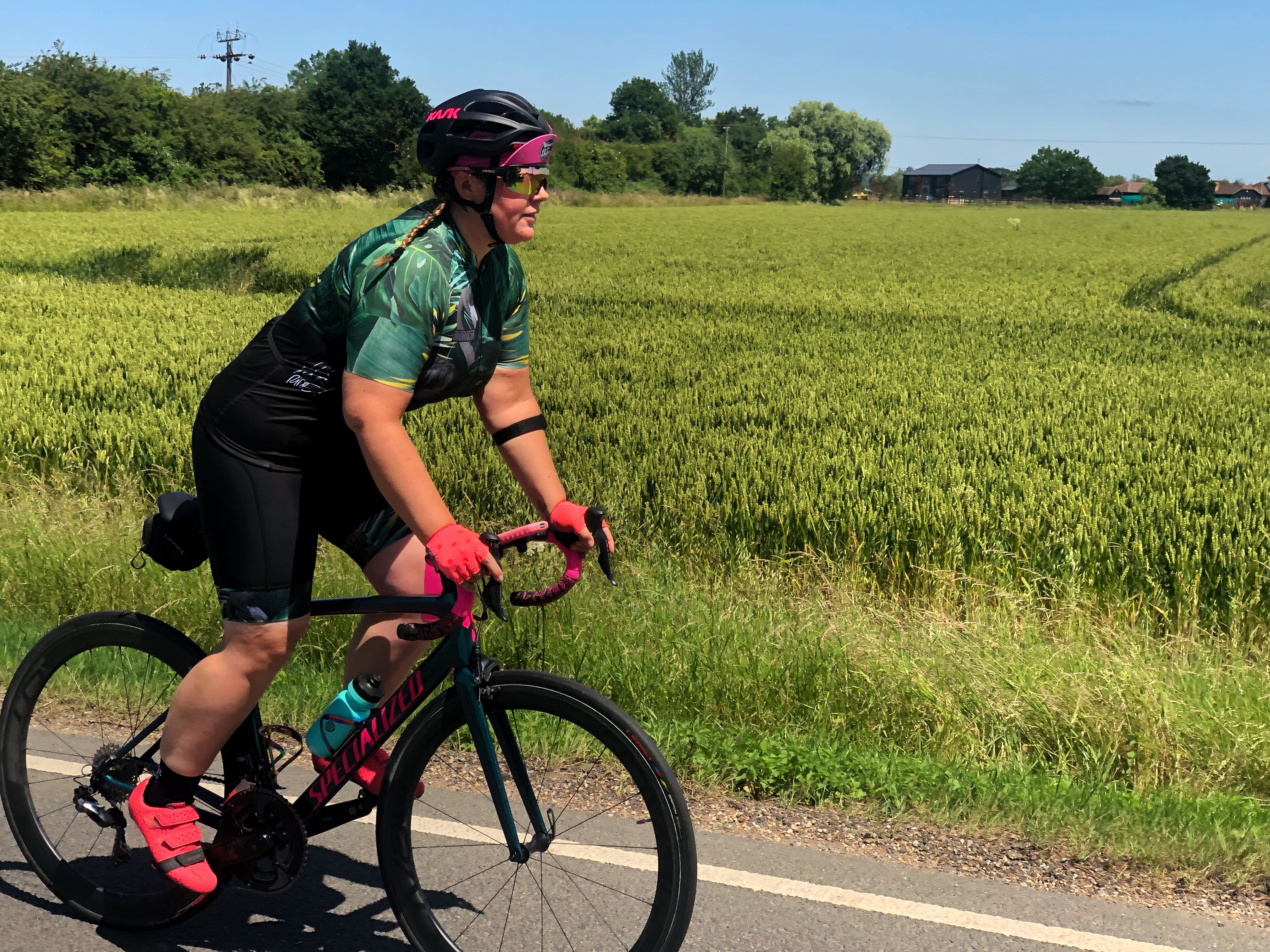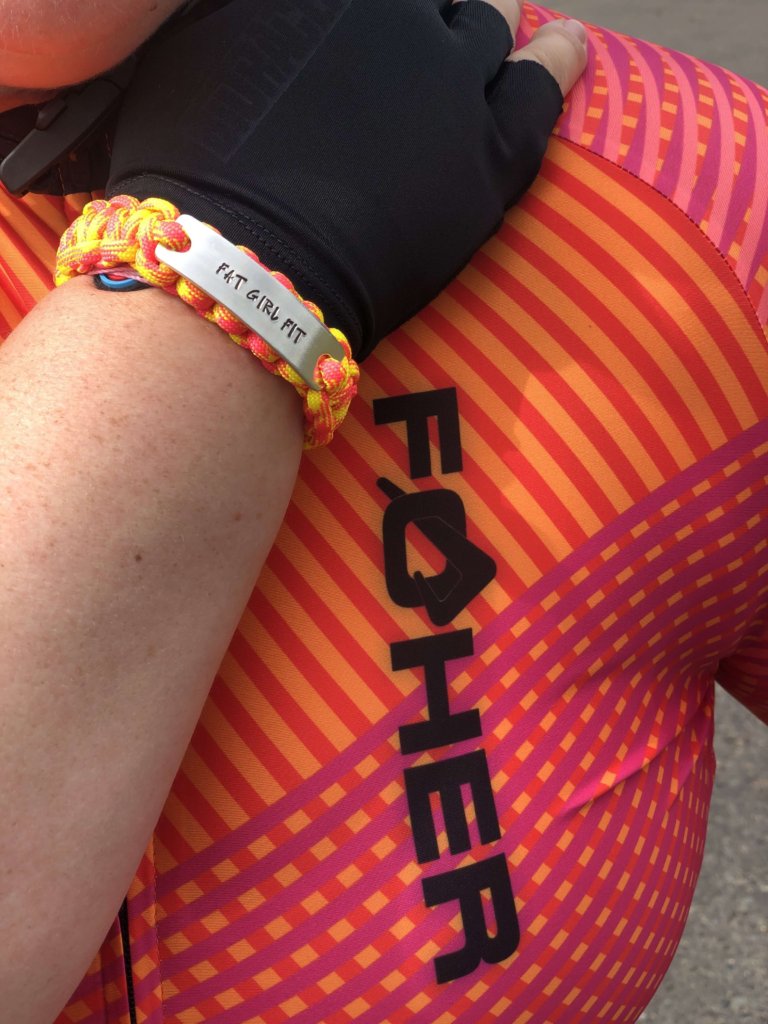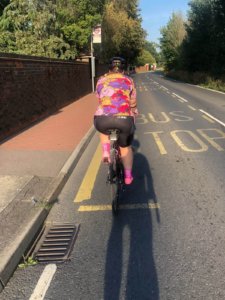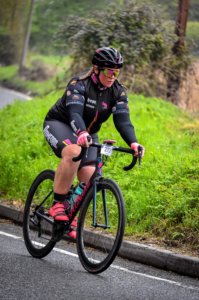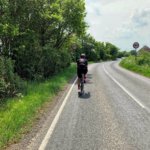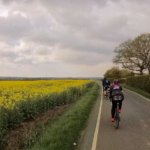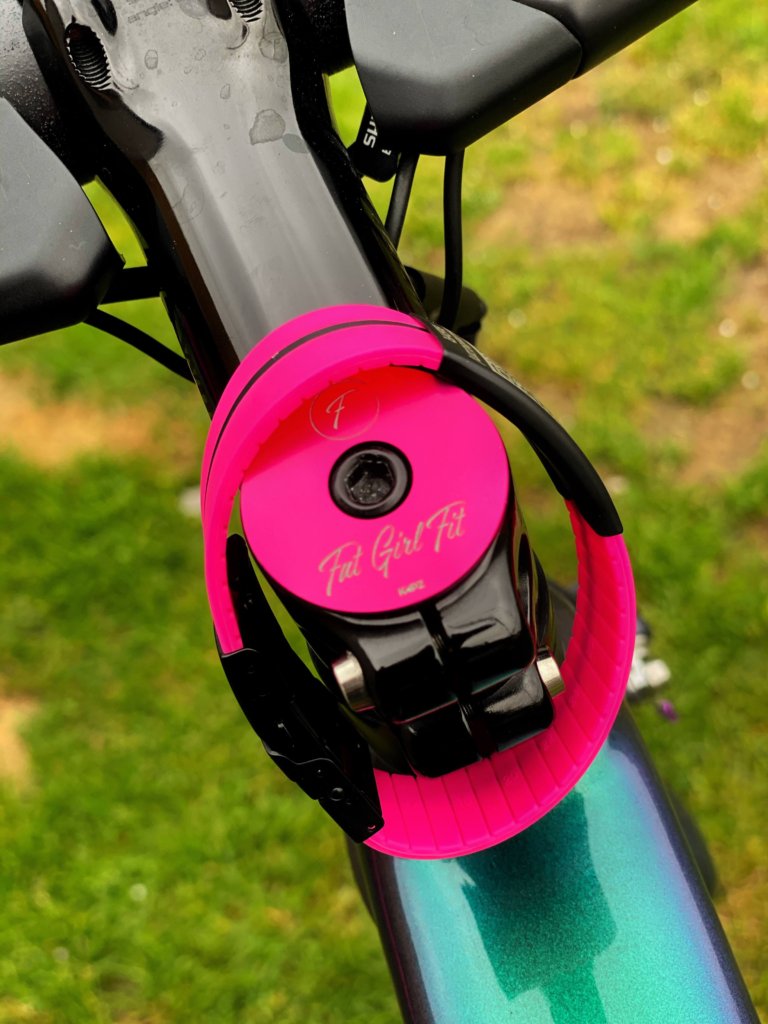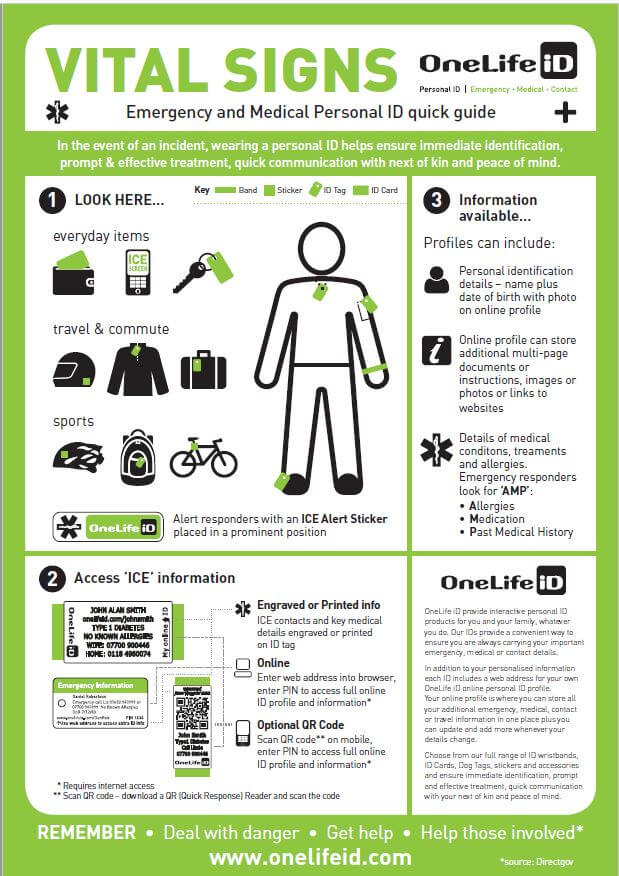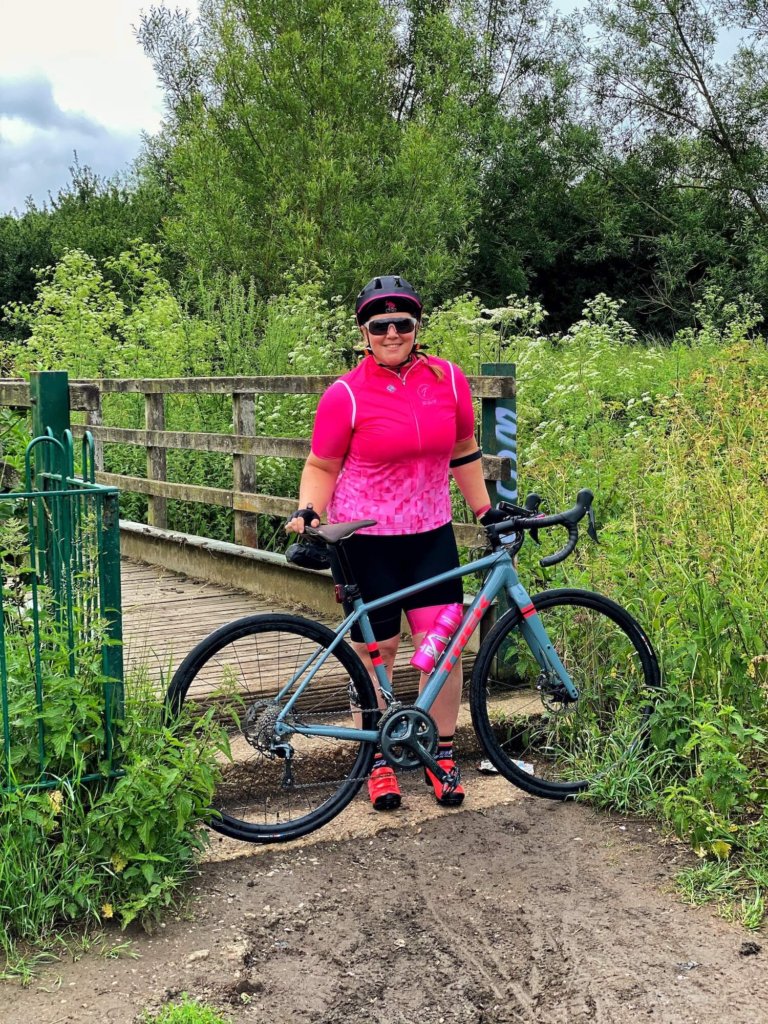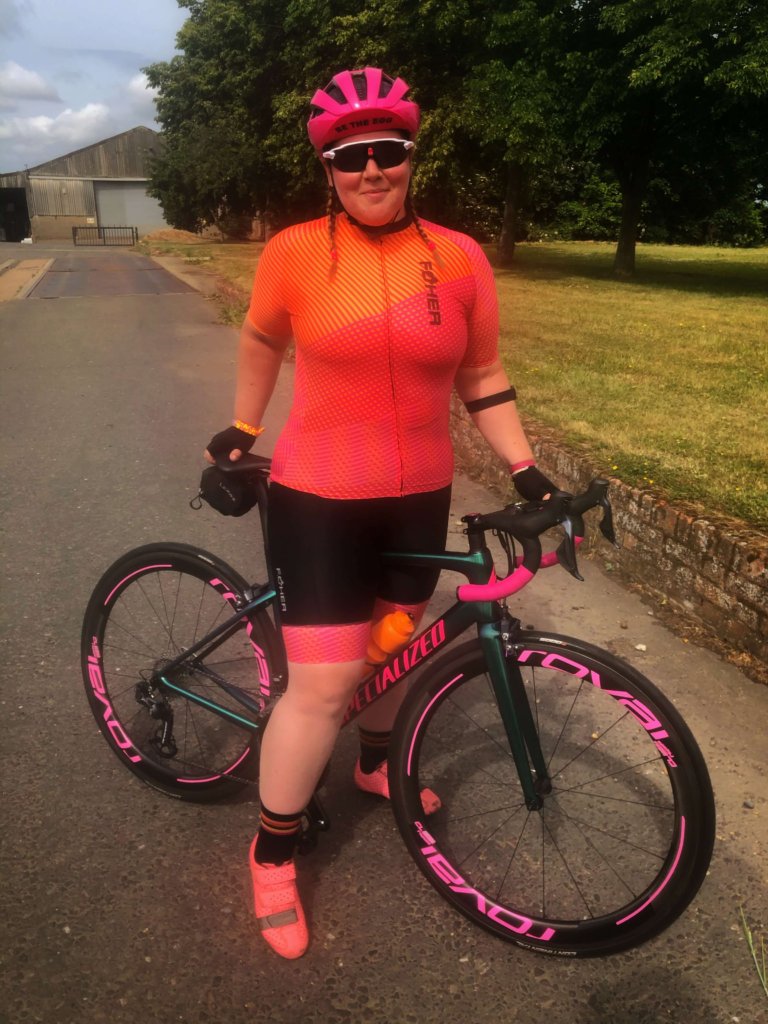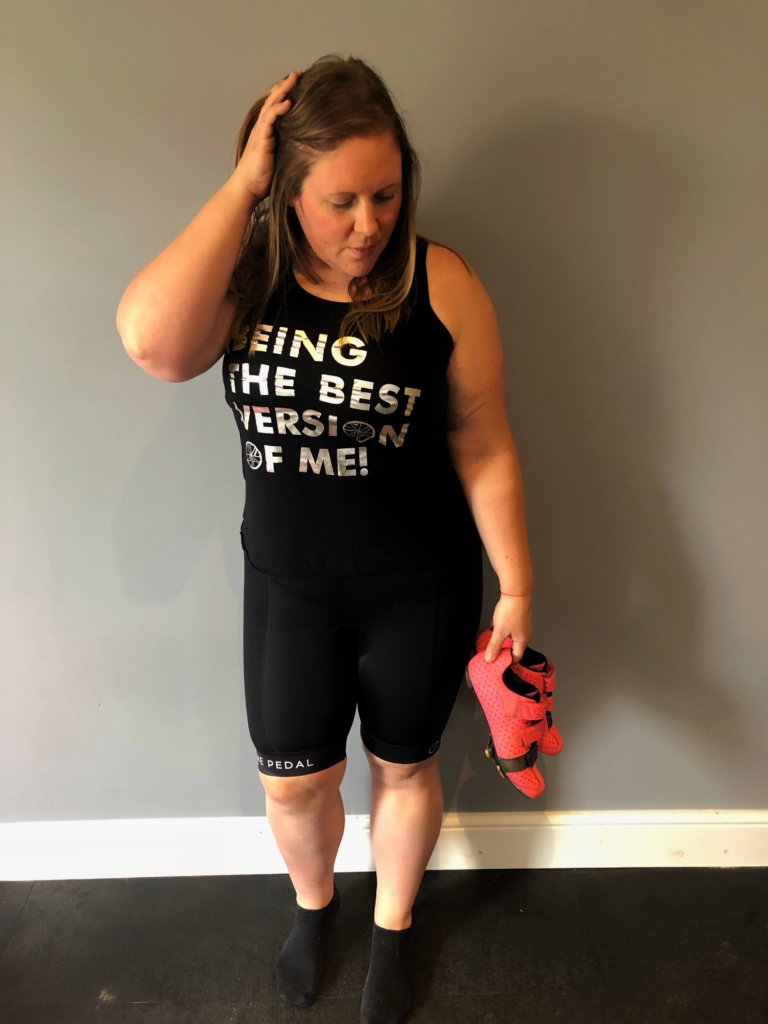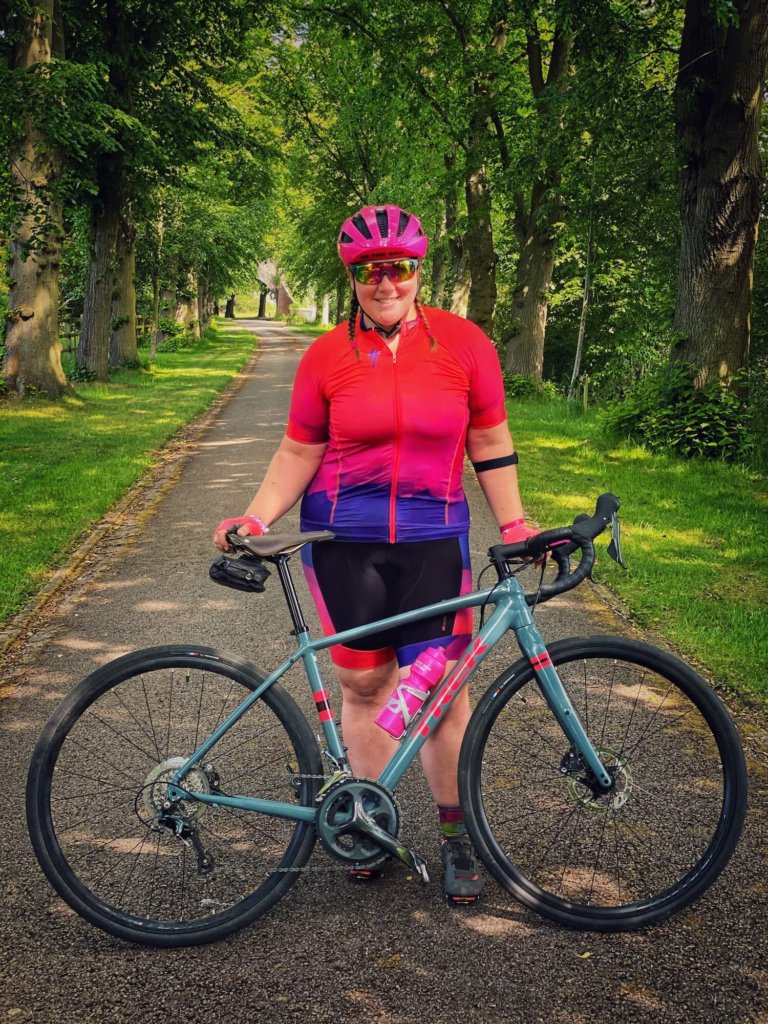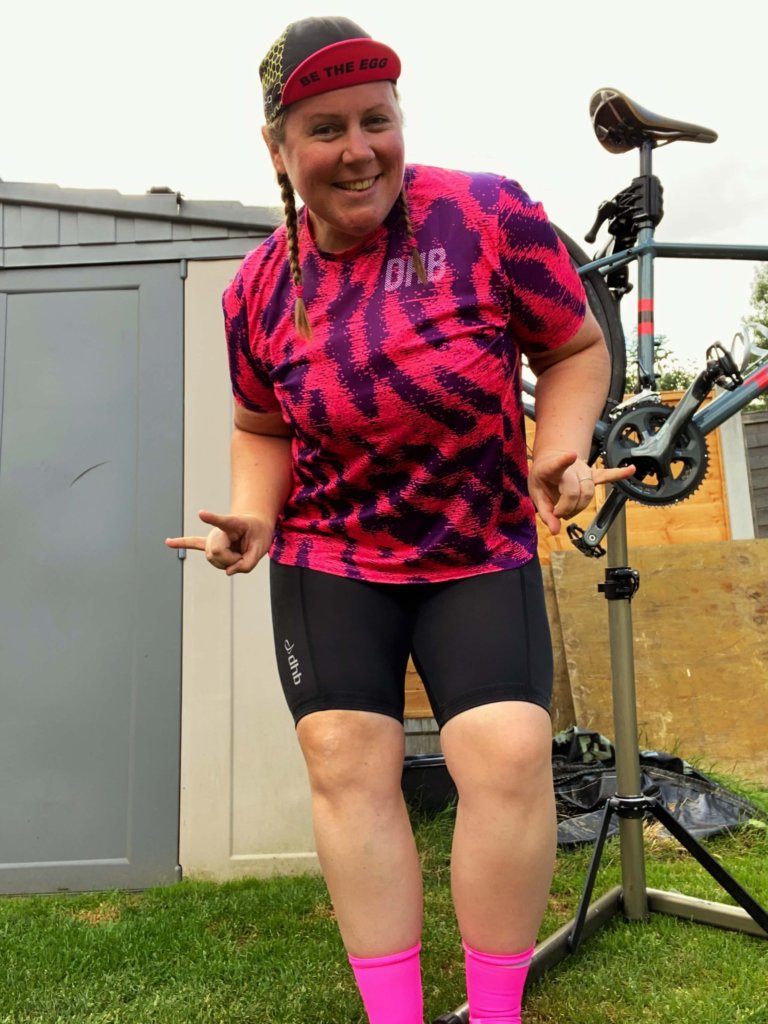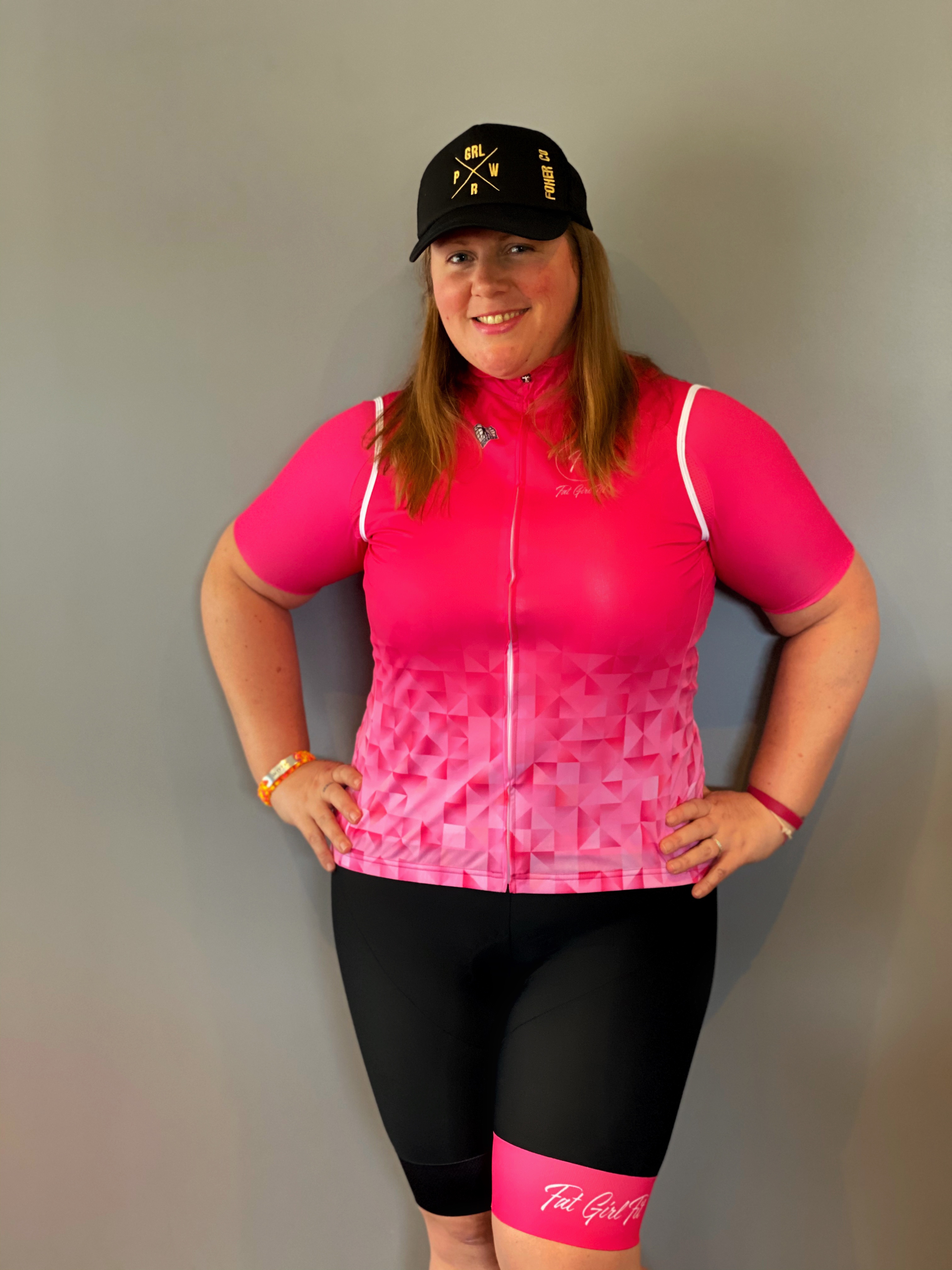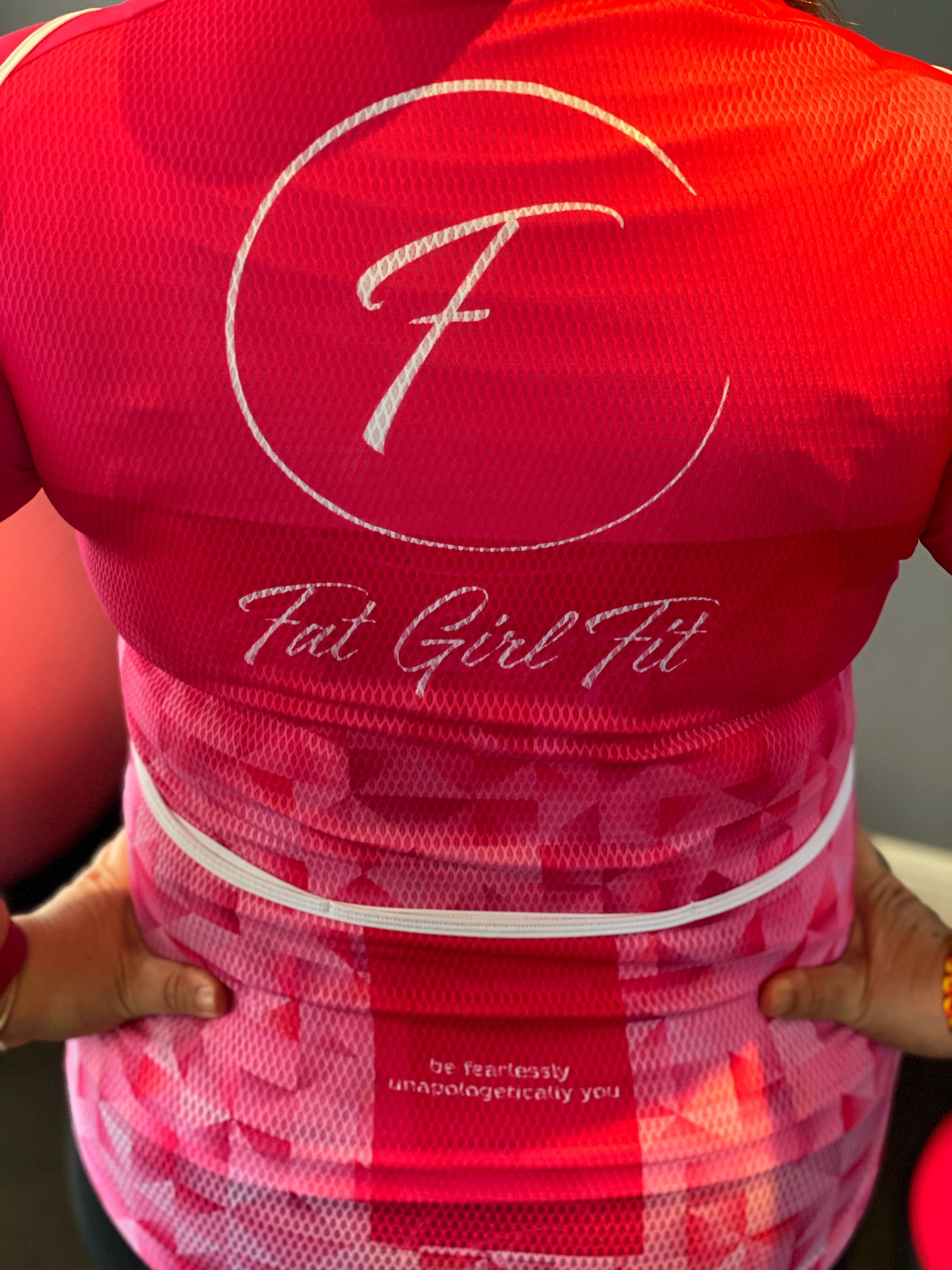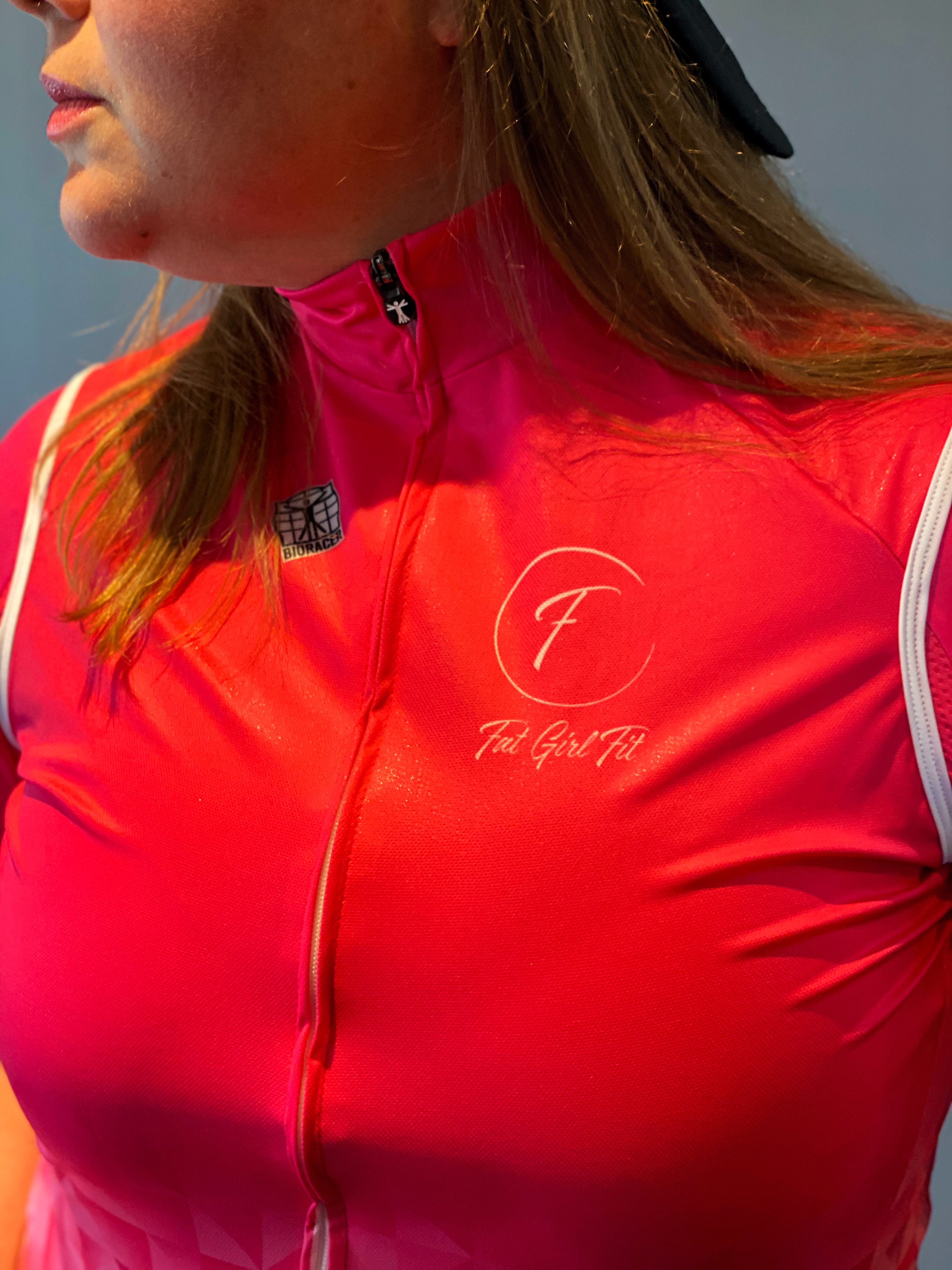I am someone who likes/needs a bit of structure and so despite no events going ahead I wanted to continuing with my training and decided to do the Zwift FTP Builder plan. Now there are many training plans available on Zwift and you should take the time to look at what your end goal is a pick a plan to suit. I opted for the FTP Builder to focus on power and whilst it does say for those new to structured workouts, which is not me, the sessions looked to be in line with what I wanted. It is a 6 week plan and has 4 sessions a week with 2 of the weeks having an optional 5th session if you want. The sessions cover the following:
- foundation: relatively low intensity ride with goal of spending a large proportion of the ride into endurance zone 2
- strength: repeats of short and max efforts with the goal to increase muscle use and max strength
- tempo: most time spent in zone 3 to help increases muscle glycogen storages that improves performance by being able to maintain the intensity
- intermittent: includes short high intensity intervals with short recovery
- threshold development: the toughest one that targets the increase in FTP with short intervals at intensity of zone 4
- optional: 2 of these sessions where you can choose how hard or easy you ride
On my Zwift companion app it was very easy to see how my plan was scheduled for the week and each session says when it will be available and you can click in to each to see what is in the session.
Every session completed then gets ticked off and you work your way through the weeks. I am one of those sad people who love to get my stars in a workout and so liked seeing the green tick when I completed a session too! Here are my stats from the end of the training plan (I bloody love a bit of data):
Yes i know it shows 33/31 which makes no sense but that is because of the 2 optional sessions that I completed.
So how did I get on? Well obviously the only way to measure if it was effective is to compare my FTP result from before the plan to after and whilst the first test was the shorter FTP test and the second a ramp test so not a direct comparison there was a significant increase from 207 watts to 222 watts, that I was absolutely chuffed with!
If you are looking to work on your power I would definitely recommend this training plan – now I am taking an easy week and will start another plan next week – just need to decide now what one I do.



